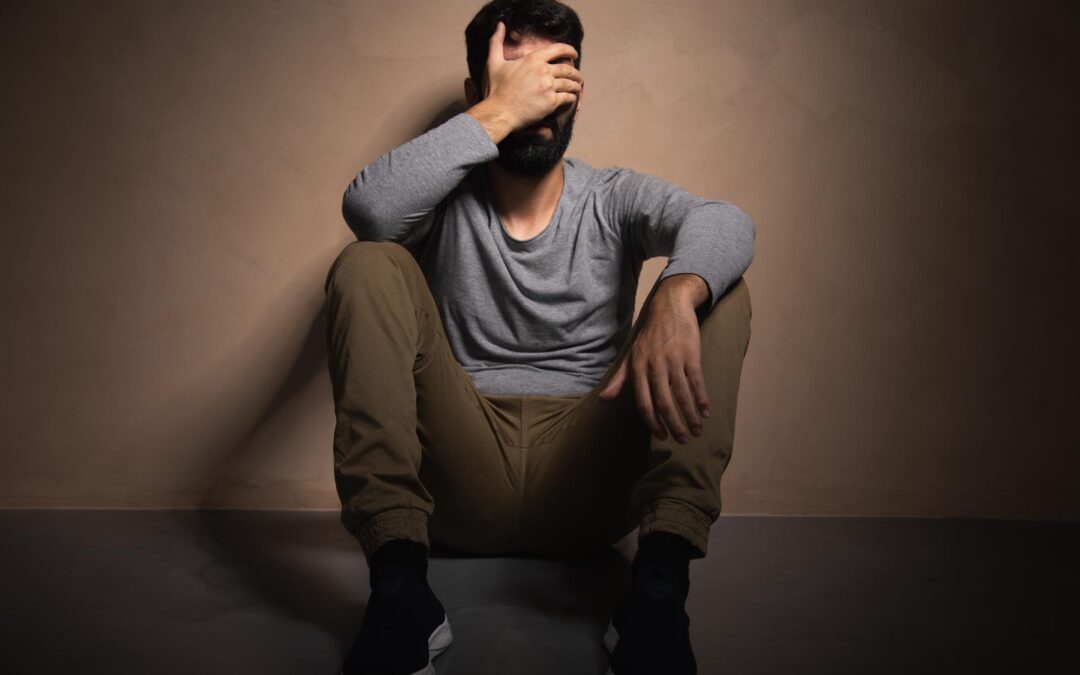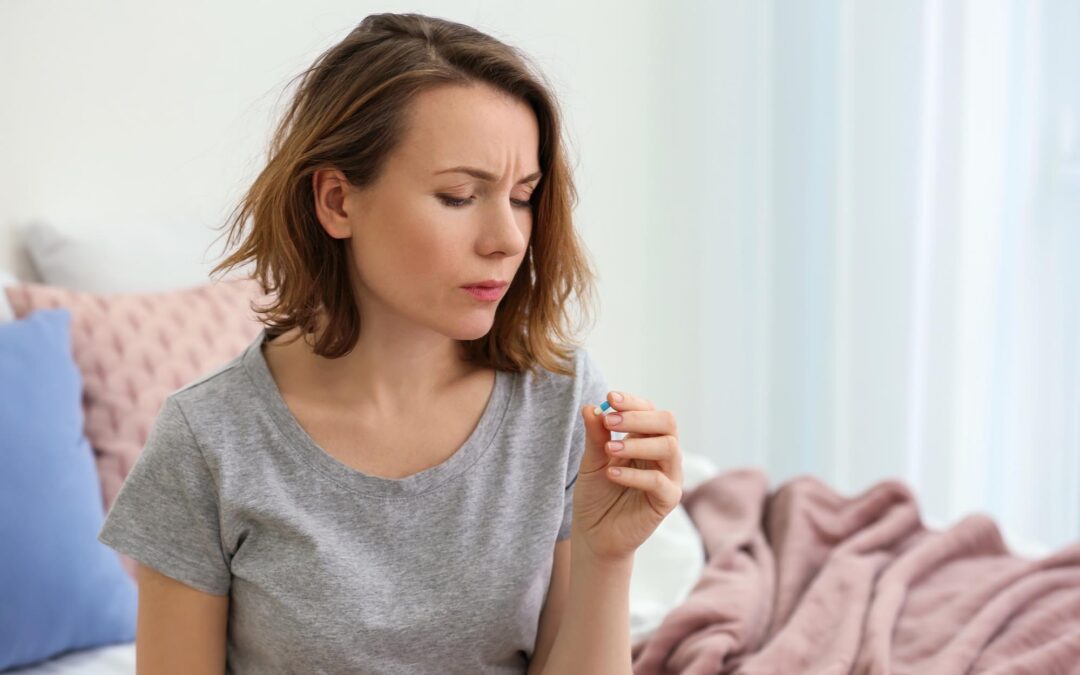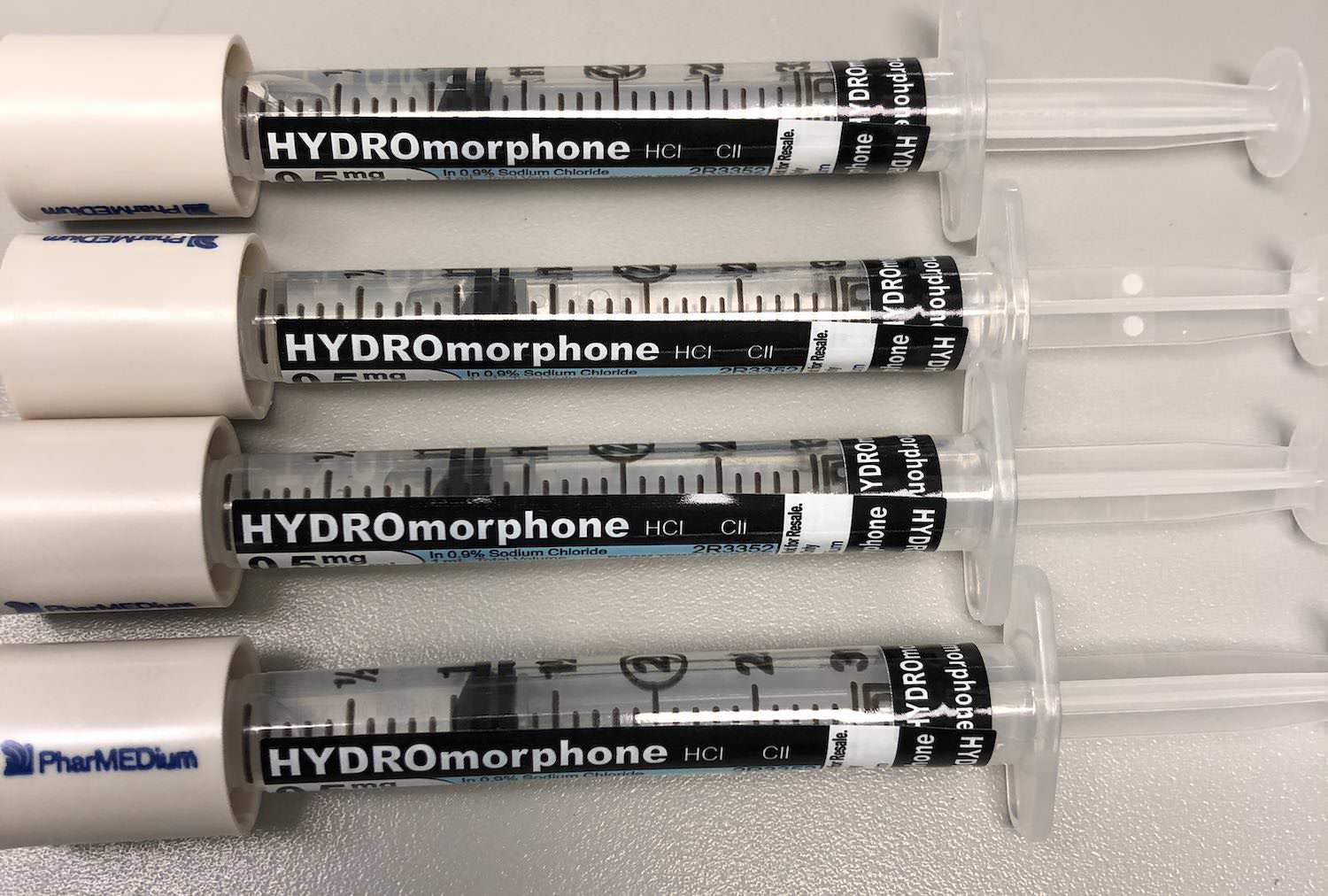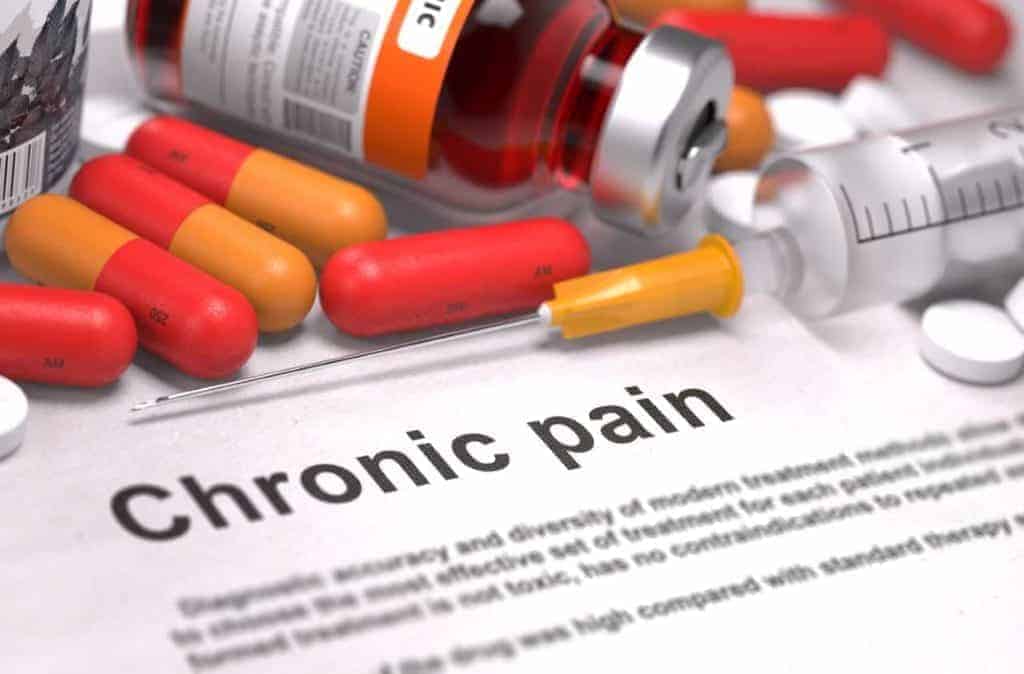Introduction Hydrocodone, a semi-synthetic opioid medication, has become a significant concern in America's battle against substance use disorder (SUD). This powerful prescription pain reliever works effectively for managing severe pain but carries...





